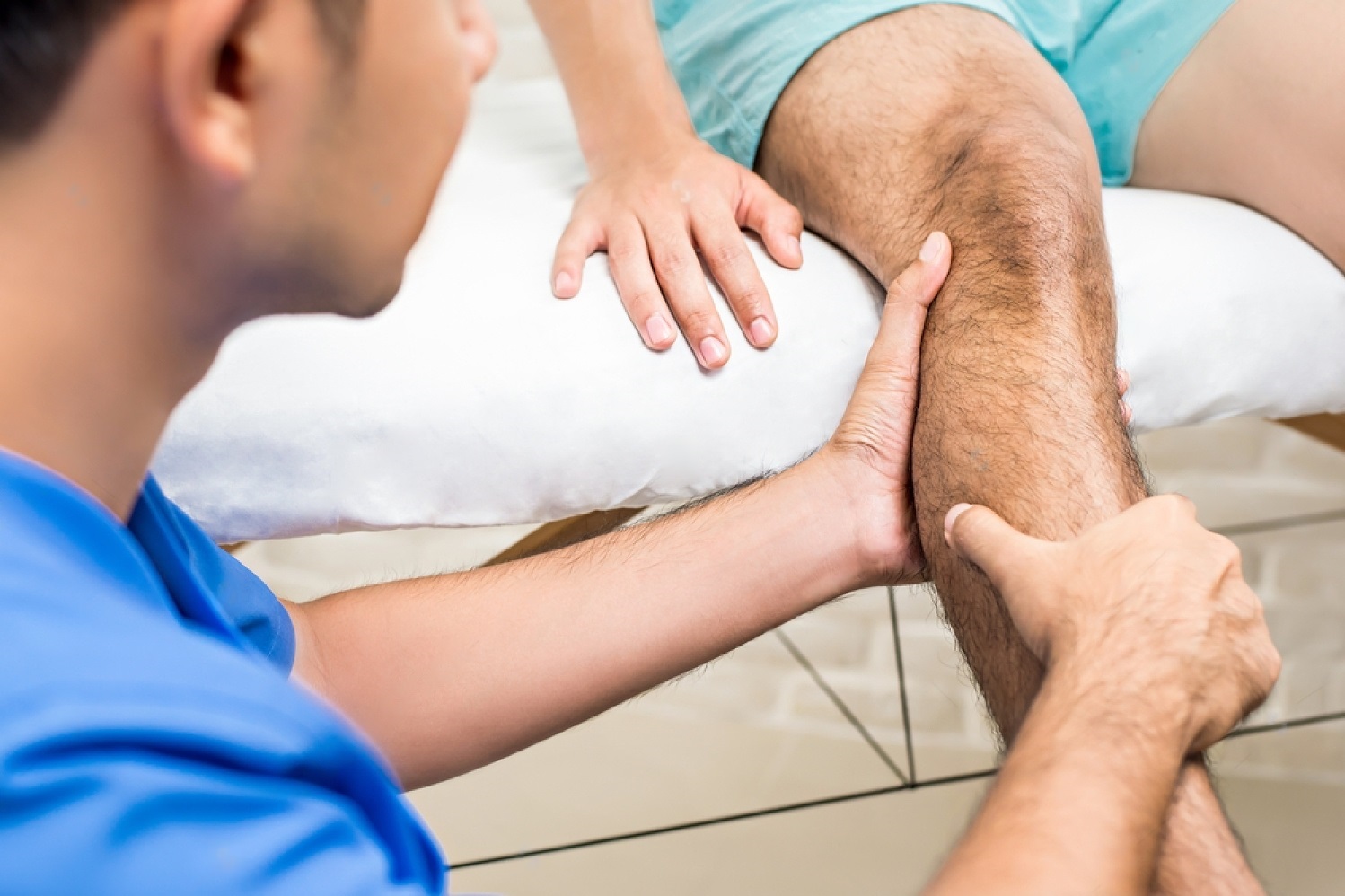Pediatric knee pain can significantly impact a child’s daily activities, from playing sports to simple tasks like walking and climbing stairs. Addressing knee pain in children is crucial to ensure their overall well-being and quality of life. Physiotherapy plays a vital role in managing pediatric knee pain, offering effective interventions tailored to the unique needs of children.
Understanding Pediatric Knee Pain
Pediatric knee pain refers to discomfort or soreness experienced in the knee joint by children and adolescents. It can arise from various causes, including injuries, overuse, growth-related conditions like Osgood-Schlatter disease or patellar tendonitis, and structural issues such as misalignment or ligamentous injuries.
Knee pain is not uncommon among children, with studies indicating its prevalence ranging from 7% to 33% in different age groups. Understanding the underlying causes of knee pain in children is essential for implementing appropriate physiotherapy interventions.
Importance of Early Intervention
Early intervention is critical in managing pediatric knee pain effectively. Untreated knee pain in children can lead to persistent discomfort, functional limitations, and even long-term musculoskeletal issues. By addressing knee pain early, physiotherapists can prevent further complications and promote optimal musculoskeletal development in children.
Physiotherapy Approaches for Pediatric Knee Pain:
a. Assessment and Diagnosis
Physiotherapists conduct a comprehensive assessment to diagnose the underlying cause of knee pain in children. This includes a thorough physical examination, evaluation of medical history, and potentially imaging studies like X-rays or ultrasound to identify any structural abnormalities.
b. Treatment Modalities
Physiotherapy interventions for pediatric knee pain may include:
- Therapeutic Exercises: Targeted exercises to improve strength, flexibility, and proprioception around the knee joint.
- Manual Therapy Techniques: Hands-on techniques such as soft tissue mobilization or joint mobilization to reduce pain and improve joint function.
- Taping and Bracing: Application of taping or bracing techniques to provide support and stability to the knee joint.
- Modalities: Utilization of modalities like ultrasound or electrical stimulation for pain management and tissue healing.
c. Home Exercise Programs
Physiotherapists prescribe customized home exercise programs to reinforce the benefits of in-clinic treatments. These programs include exercises specifically designed to address the child’s knee pain and improve their functional abilities.
d. Education and Lifestyle Modifications
Physiotherapists educate children and their parents about proper posture, footwear selection, and activity modification to prevent exacerbation of knee pain. By empowering families with knowledge, physiotherapists promote long-term self-management of knee pain in children.
Preventive Measures:
In addition to treatment, physiotherapists emphasize preventive measures to reduce the risk of pediatric knee pain. This includes maintaining a healthy weight, wearing appropriate footwear for physical activities, and implementing warm-up and cool-down routines before exercise.
Takeaway
Pediatric knee pain can significantly impact a child’s daily life, but with early intervention and effective physiotherapy approaches, children can experience relief and improved function. Physiotherapy plays a crucial role in diagnosing, treating, and preventing knee pain in children, ultimately enhancing their overall well-being and quality of life.
The specialized care and expertise offered through physiotherapy for knee pain Singapore are invaluable resources for individuals seeking effective pain management and rehabilitation solutions.

